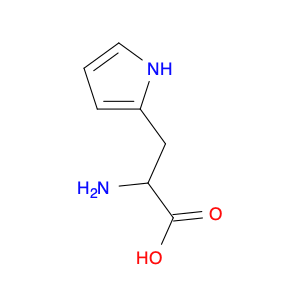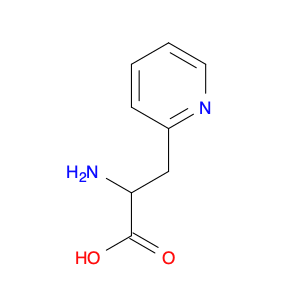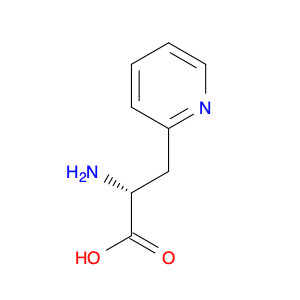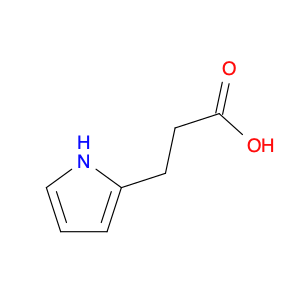Login |
Create New Account
 sales@aaronchem.com
sales@aaronchem.com

1H-Pyrrole-2-propanoic acid, α-amino-
Catalog#: AR0031Z5 | CAS#: 3078-36-2 | MDL#: MFCD09841939 | MF: C7H10N2O2 | MW: 154.1665
| Packsize | Purity | Price | Availability | Quantity | ||
|---|---|---|---|---|---|---|
| 25mg | $125.00 | Global Stock | Buy Now | Add To Cart | ||
| 50mg | $189.00 | Global Stock | Buy Now | Add To Cart |
- Description
- Application
- Related Products
- Featured Products
- Safety Information
| Catalog Number | AR0031Z5 |
| Chemical Name | 1H-Pyrrole-2-propanoic acid, α-amino- |
| CAS Number | 3078-36-2 |
| Molecular Formula | C7H10N2O2 |
| Molecular Weight | 154.1665 |
| MDL Number | MFCD09841939 |
| SMILES | OC(=O)C(Cc1ccc[nH]1)N |

Carbamic acid, N-[(1R)-1-(hydroxymethyl)-2-(phenylmethoxy)ethyl]-, 1,1-dimethylethyl ester
127559-33-5
| GHS Pictogram |

|
| Signal Word | Warning |
| UN# | N/A |
| Hazard Statements | H302-H317 |
| Precautionary Statements | P280 |
| Class | N/A |
| Packing Group | N/A |










